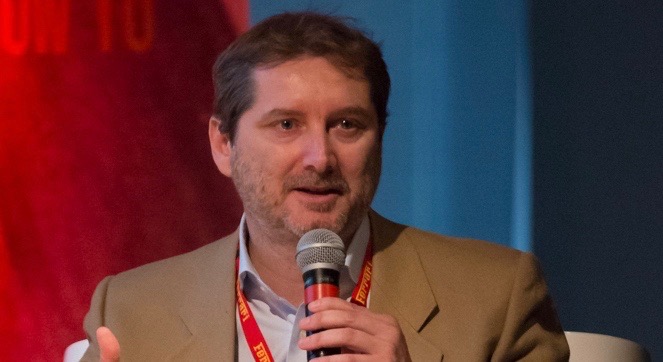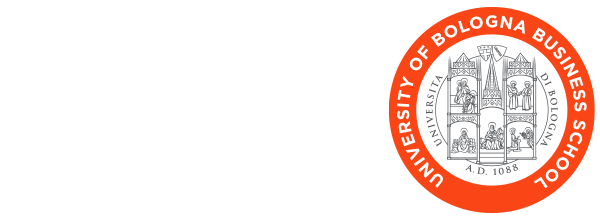
Dialogue con Paolo Colombo, EMEA Marketing Manager di ANSYS
5 November 2015“The possibilities of generating business, improving and optimising products and services, saving energy and resources, are enormous, because the Internet of Things offers us a series of new opportunities to differentiate, customise and improve the products and add smart services”. Paolo Colombo, EMEA Marketing Manager of ANSYS, was one of the protagonists of the round table “Internet of things: trends, potential and concrete opportunities for the industry” organised at BBS. After the event, we talked to him.
What is the Internet of Things (IoT)?
Current products can collect data, through integrated sensors, and transmit them using antennas, using the net as a connection. This is what, very briefly, is the Internet of Things, where objects, thanks to the data they exchange, can act, take decisions, manage information. The implications are manifold. Devices become more complex (with the need of managing electronics and software also inside products that in the past were purely mechanical); the amount of data collected, managed and transferred becomes huge; objects interact with the external world and they acquire the capacity to take independent decisions, on the basis of the information they themselves collect from the internal sensors or via the connection with other objects and databases; objects can learn, collecting and analysing data on their use, modifying themselves to become “ours”, with a unique customization. All of this will allow us to manufacture cars that drive themselves in the traffic, industrial machines that can foresee when they’ll break down and autonomously will request a maintenance intervention, clothes that will monitor our health and update our GP or call an ambulance if we feel unwell, advertising boards that react to external stimuli. I’m using the future tense, but as a matter of fact, many of these devices already exist.
How will our economy and our lives change?
Considering that the number of connected devices increases exponentially (we’re talking about dozens of billions in 2020, but today there are already many of them), the impact on life and economy should already be apparent. The forecast is that the IoT is a trend that will affect hundreds of billions of euros (and in Italy it already accounts for 1% of the GDP). We’ll have cars that’ll recognize which family member is at the wheel and therefore will adjust the position of mirrors and seats. And we’ll have heating at home that’ll learn the family habits and will optimise the energy consumption. Our life? On the one hand, there will be possibilities that we can’t even imagine today, on the other, a complex ethical and regulatory theme emerges, about data management and collection, next to the sociological theme of cohabitation between man and machine and their interaction that has changed.
What is the role of simulation and design technologies in the context of the Internet of Things?
We talked about products becoming increasingly complex, therefore there is a spontaneous need to manage complexity and reduce the risks it entails in product design. Electronics means electromagnetic emissions, that might produce interferences and that need to be calibrated for intensive use, in environments where human beings are constantly exposed (wearable or implantable devices being the most obvious examples). Miniaturization makes it demanding to include many sensors and antennas inside the same device (on average there are at least 3 in a mobile phone). Electronics is increasingly present but because of issues linked to carrying the devices and to sustainability, it’s important to reduce energy consumption. The software solutions that regulate mechanisms and take decisions (and your current car might already contain dozens of millions of code lines) need to be highly reliable (especially if we rely on them to manage control systems such as the car brakes), validated and certified. Numerical simulation allows having at one’s disposal a virtual lab where it is possible to test a product, even before manufacturing physical prototypes. As the environment is virtual, it is possible to assess hundreds or thousands of hypotheses, with investments and time-frames that are minimal compared to what one would do in the physical world, but with a high level of precision. This is important when dealing with the IoT: marked optimization of energy consumption, correct positioning of antennas and sensors, automatic generation and testing of the software are just a few of the objectives that can be achieved thanks to simulation.
How is a multinational like Ansys getting ready to anticipate new market needs, spurred by a lightning quick technological evolution?
There are multiple factors. The first is definitely keen attention towards the emerging trends as for product and process innovation. This is how, as early as 2008, we saw the advance of the IoT and we integrated, into our simulation platform, tools that were able to support the design of antennas, sensors, batteries, embedded software solutions, man/machine interfaces. We talk to our customers, we are right at the centre of a global network that grants us the chance of meeting the top managements of tech giants, the visionaries, the most important universities and research centres, globally. Together with the big ones, we pay attention to SMEs, helping over 45,000 businesses to develop new products: we have a privileged watch-station on innovation, to be able to understand which direction the world has taken. It means a lot. The consequence? We invest 20% of out turnover in research and the R&D function features 30% of the company staff: they are busy letting the platform evolve and integrating the solutions of the companies that we continuously acquire. For several years you taught at Universities in France, Great Britain and Italy.
What is the role of universities and Business Schools in training people who can create innovation?
Universities play a fundamental role, so much that we give students all over the world the possibility to download our software solutions for free, and we collaborate with many universities to organize educational activities for them. Engineers change the world, but the direction and the vision come from a class of managers who need to be prepared to see the opportunities, to understand how to put technological tools at the service of concrete innovation. For this reason we collaborate with BBS for events such as I mercoledì dell’innovazione (The Innovation Wednesdays) or to the organization of days such as Innovare per Competere (Innovating to Compete): we need practical moments, to exchange views and opinions with entrepreneurs. We need the managers who talk to students and other managers. We need to be able to do networking, managing the information to be able to understand and anticipate trends. Thus Business Schools become aggregators, places where people work inside classrooms, but often also in collaboration with businesses. These are the places that really provide value and where people are trained to be open to constant innovation.
What would you suggest to a student who’d like to work in the Internet of Things sector?
On the one hand, there are professions that take on a new relevance: all these data are useless if they don’t become information and therefore the analyst becomes a key figure. On the other hand, there are yet unexplored opportunities, that escape us, non-digital natives: it could be the right time to delve into this trend and bring new and revolutionary ideas into the company… or starting a new one. A new company, that is.
Would you like to read more Dialogues with BBS Community lecturers? Please click here.
